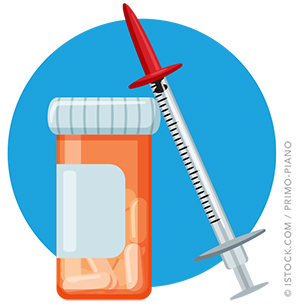
Fam Pract Manag. 2023;30(4):40
Author disclosure: no relevant financial relationships.
MDM RISK LEVEL WHEN REFERRING PATIENT FOR FURTHER WORKUP
CARE OF NEWBORN ADMITTED AND DISCHARGED THE SAME DAY
TREATMENT OF PARTIAL-THICKNESS BURN
DIABETES MANAGED WITH ORAL AND INJECTABLE MEDICATIONS


